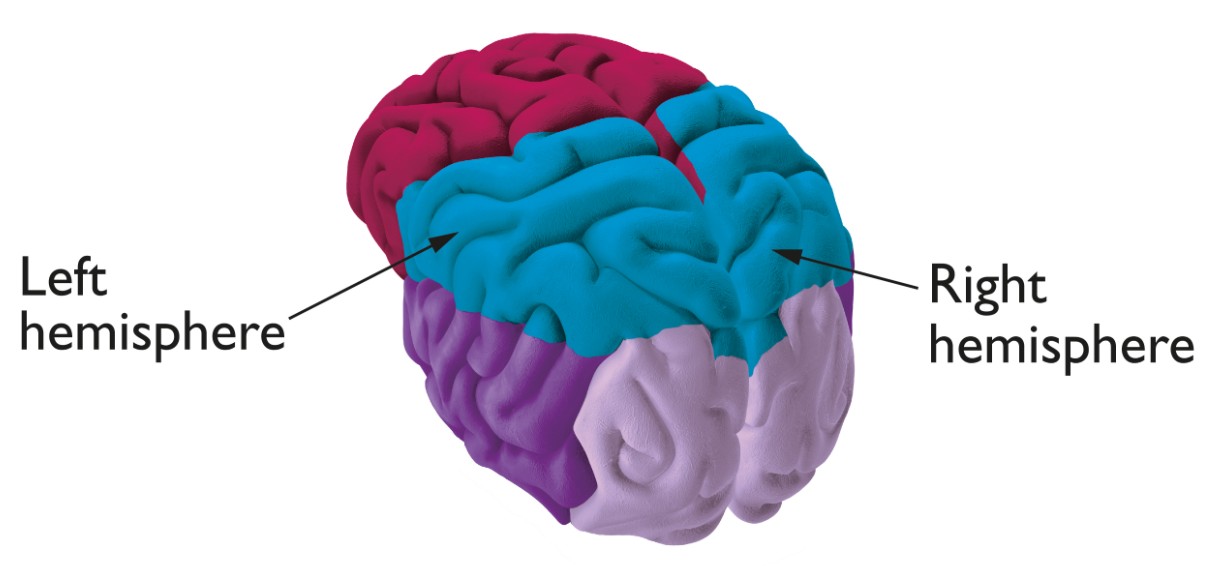
Seizures
If you have epilepsy, it means you have a tendency to have epileptic seizures. But what are epileptic seizures?
Fast facts about seizures
- An epileptic seizure is a sudden burst of electrical activity in the brain, creating a temporary disruption of the normal messages in the brain
- There are lots of different types of seizures
- Some people only have one type of seizure and others have more than one type
- The type of seizures you have depends on where in the brain the epileptic activity starts
- Where a seizure starts is known as the seizure onset
- Seizures usually last between a few seconds and several minutes
- Some people describe getting a warning before a seizure, often called an aura. They are the start of a seizure.
- People can have epileptic and non-epileptic seizures (also called dissociative seizures)
Important!
A seizure that lasts for more than 5 minutes, or going from one seizure into another without recovering in between, is a medical emergency.
Top tips


Carry some medical ID so others can find out that you have epilepsy
Make sure you know the right words to describe your epilepsy and your seizures
Ask people who have seen you have a seizure to tell you more about what happens and if possible to take a video
Having a video of your seizures helps your epilepsy doctor to make a correct diagnosis
If you have a warning before a seizure, try and use it to get yourself as safe as possible
Seizure classification
Seizure classification is a way of naming different types of seizure. When talking about epilepsy and seizures, doctors often talk about focal onset and generalised onset. This refers to where in the brain a seizure starts. We explain more below:

-
The structure of the brain
The brain has 2 halves, called hemispheres. Each hemisphere of the brain is in 4 parts, called lobes. The lobes are responsible for different functions.
Epileptic seizures can start in one hemisphere, or affect both hemispheres from the start. The symptoms of a seizure depend which part of the brain is affected.
-
Focal onset
- Focal onset means seizures start in one side (hemisphere) of the brain
- Often the word onset is left out, and we just say focal seizures
- Focal seizures can stay in one area, or spread to affect other parts of the brain
-
Generalised onset
- Generalised onset seizures affect both sides (hemispheres) of the brain from the start
- Often the word onset is left out, and we just say generalised seizures
-
Unknown onset
- Sometimes the seizure onset is unknown
Seizure types
Use the buttons below to find out more about some common seizure types. For each seizure type we explain what happens, how long they last, how people can help and what to expect afterwards.
Names used for seizures
People use lots of different names for seizures. Epilepsy Action uses the most up to date terms. These are the terms your healthcare team will probably use too, but some people still use the old names.
Click or tap the cards to learn more…
-
The old name for tonic-clonic seizures is…
Grand Mal
-
The old name for absence seizures is…
Petit Mal
-
Focal impaired awareness seizures used to be called…
Complex partial seizures
-
Focal aware seizures used to be called…
Simple partial seizures
Read
The latest terms for naming seizures were introduced in 2017 by the International League Against Epilepsy (ILAE). To learn more read the article: “ILAE new seizure classification – why rename seizures and what it all means”
Watch
Knowing a bit more about the structure of brain can help with understanding how seizures are classified. The short video explains a bit about the different parts of the brain (it’s more entertaining than it sounds). It doesn’t mention epilepsy, but helps to explain the structure of the brain.
Do something
What about your seizures?
- Do you know the medical names for your seizure type(s)?
If you’re not sure, ask your GP, epilepsy doctor or epilepsy specialist nurse next time you see them.
- What happens before, during and after your seizure(s)?
- How long do they last?
If you lose awareness during your seizures, you might want to ask someone who has seen them to describe them to you.
Make a note of your answers so that you remember.








